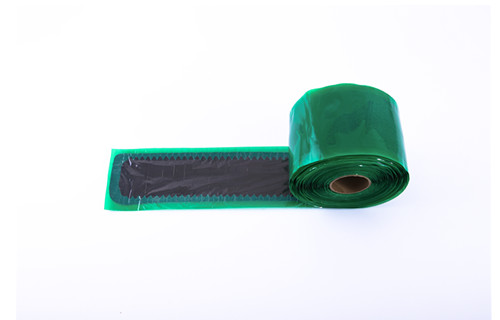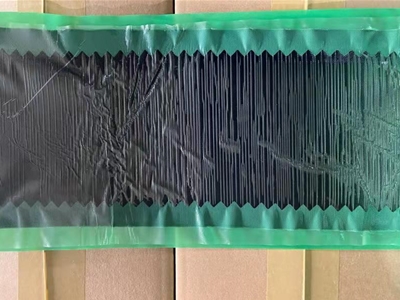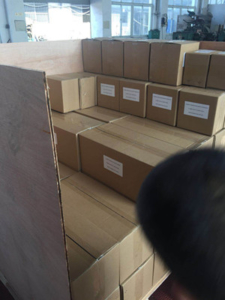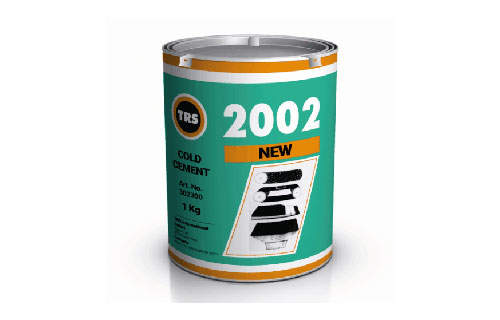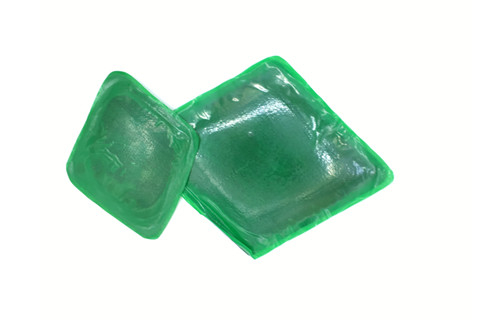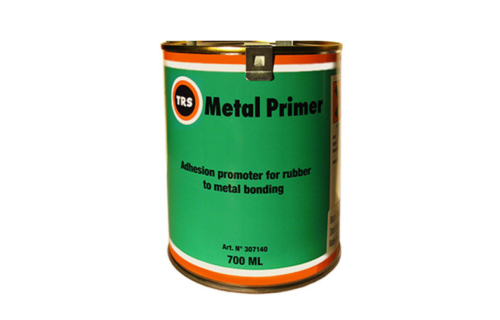Rubber Repair Strip (Repair Patch) is made of synthetic rubber compound with a superior quality semi-vulcanized bonding layer on one side. It is a highly wear-resistant, natural rubber strip designed to repair damage to the conveyor belt. As the authentic CN layer(bonding layer), the Adhesive Force reached about 9N/mm after bonding 72 hours. and the CN layer’s featured characteristic is that its adhesive force increases with time, while the adhesion of the inferior CN layer adhesion force doesn’t change over time.
Rubber Repair Strip
Description
Rubber Repair Strips are specially designed materials for efficient belt restoration, enabling quick damage repair and operational recovery. When conveyor belts suffer cuts, gouges, or tears, these repair strips swiftly restore belt integrity, preventing escalation of damage and reducing maintenance costs. By swiftly addressing conveyor belt damage, businesses minimize downtime and operational interruptions, ensuring efficient, continuous production. Choose our rubber repair strips for repair that keeps your conveyor systems running smoothly and your productivity at peak levels.
Specifications:
| Item | Description | Size ( Thick*W*L) mm |
| 1 | Standard Rubber Repair Strip | 2.2*100*10000 |
| 2 | Standard Rubber Repair Strip | 3.2*150*10000 |
| 3 | Standard Rubber Repair Strip | 3.2*220*10000 |
| 4 | Standard Rubber Repair Strip | 3.4*300*10000 |
| 5 | Standard Rubber Repair Strip | 3.4*400*10000 |
| 6 | Fabric Reinforced Repair Strip | 3.6*100*10000 |
| 7 | Fabric Reinforced Repair Strip | 4.6*150*10000 |
| 8 | Fabric Reinforced Repair Strip | 4.6*220*10000 |
| 9 | Fabric Reinforced Repair Strip | 4.8*300*10000 |
| 10 | Fabric Reinforced Repair Strip | 4.8*400*1000 |
Customized sizes are available.
We recommend using high-quality adhesive and hardener for an optimized cold repair result for belt damage.
Feature
Composite Material: Thick wear-resistant rubber cover, superior CN semi-vulcanized bonding layer
Molecular Bonding: The reactive CN backing chemically vulcanizes with the cold adhesive, creating a permanent, molecular-level splice
Flexible Sizing: Available in multiple thicknesses and widths, patches can be cut or ordered to suit any belt width, thickness, and damage size (from small repair strips to large patches).
Safe, Cold Process: Cold-curing means no heat or open flame, eliminating hot-work hazards. This makes repairs safer and more environmentally friendly
Extended Belt Life: Local patch repairs avoid scrapping the whole belt. A properly applied strip will often last as long as the belt itself, maximizing material usage.
Continuous Operation: Because these strips cure quickly, belts return to service fast, minimizing downtime and keeping throughput high
Advantages
Cold-Process, Easy Application: Repairs use only a cold-curing adhesive; no specialized heating equipment or vulcanizing press is required; It reduces labor and avoids shutting down the entire conveyor.
High Bond Strength: The CN bonding layer creates a molecular bond with the adhesive, producing “unrivalled adhesion” to the belt. In practic, this means the patch becomes an integral part of the belt, effectively matching the belt’s own strength
High Tensile Strength: A woven fabric reinforcement gives it very high tear and tensile resistance. It ensures that patched areas carry load as well as the original belt.
Wear-Resistant and Durable: The rubber surface is specially formulated for high abrasion resistance. It protects against material wear and rough handling, significantly extending the belt’s service life.
Fast Cure & Cost-Effective: Beltcare Solution’s guide notes that these tapes can be back in service in as little as one hour, so unscheduled stops are short. A single patch repair typically costs far less than replacing an whole belt, lowering maintenance costs and the stock of spare belting.
Application
Mining & Quarrying – patch blast-induced cuts on primary carry belts
Cement & Aggregates – seal longitudinal rips caused by trapped rebar
Bulk Terminals – reinforce belt edges abraded by mis-tracking
Logistics & Warehousing – restore surface integrity after impact damage from pallets or rollers

